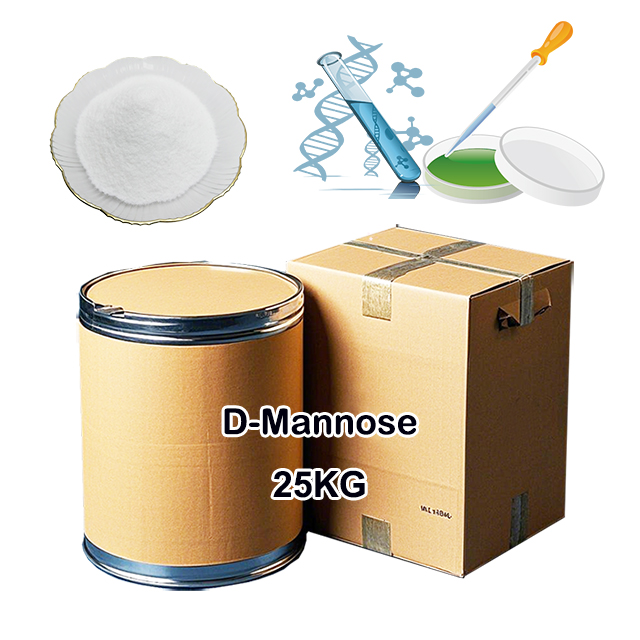
Search

Search

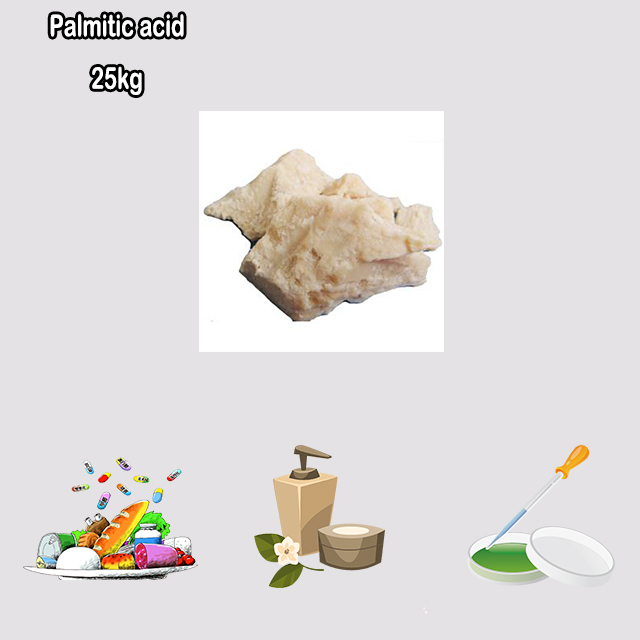









It is a white crystalline powder or waxy solid with a slight odor.
Melting point is 62-64°C, boiling point is 351°C, and it is insoluble in water but soluble in organic solvents like ethanol, ether, and chloroform.
It is one of the most common saturated fatty acids in nature, widely existing in animal and plant fats.
Animal sources: Abundant in animal fats such as lard, tallow, butter, and fish oil.
Plant sources: Present in vegetable oils like palm oil, coconut oil, and soybean oil, with high content in palm oil.
Food Industry: Used as a food additive (emulsifier, stabilizer, and lubricant) in processed foods like chocolate, baked goods, and candies to improve texture and shelf life.
Cosmetics & Personal Care: Acts as an emollient, thickener, and surfactant in creams, lotions, soaps, and shampoos, enhancing skin moisturization and product texture.
Industrial Applications: Raw material for producing soaps, detergents, and surfactants via saponification. Also used in manufacturing plastics, candles, lubricants, and biodiesel.
Pharmaceutical Industry: Used as an excipient in drug formulations to adjust drug release rate and improve stability.
Palmitic Acid is one of the most common saturated fatty acids found in animals, plants, and microorganisms. It's a major component of palm oil (from which it gets its name), but it's also abundant in meat and dairy products.
In essence, it's a long "chain" of carbon atoms, fully "saturated" with hydrogen atoms, which gives it a solid form at room temperature and makes it very stable.
Chemical Name: Palmitic Acid
Systematic Name: Hexadecanoic acid
CAS Number: 57-10-3
Chemical Formula: C₁₆H₃₂O₂
Type: Saturated long-chain fatty acid (16-carbon chain with no double bonds).
Its chemical structure is often written as CH₃(CH₂)₁₄COOH, representing the 16-carbon chain.
Physical State: White, waxy solid or crystalline powder at room temperature.
Melting Point: Around 63°C (145°F).
Solubility: Insoluble in water, but soluble in hot organic solvents like alcohol, ether, and chloroform.
Occurrence: It is the most prevalent saturated fatty acid in the human body and a very common one in nature.
Palmitic acid is ubiquitous in the living world:
Plants: It is a major component of palm oil (about 44% of its fat content) and palm kernel oil. It's also found in significant amounts in cottonseed oil, cocoa butter, and olive oil.
Animals: It is a major fat in animal meat, lard, butter, cheese, and milk.
Human Body: The human body can synthesize palmitic acid from carbohydrates and other foods through a process called lipogenesis. It is a fundamental building block for the production of other fatty acids.
Palmitic acid is a workhorse ingredient in both industrial and consumer goods due to its versatility and stability.
A. Soap and Detergent Manufacturing (Primary Industrial Use)
Saponification: When palmitic acid (or a fat rich in it, like palm oil) reacts with a strong base like sodium hydroxide (lye), it produces sodium palmitate, which is a key component of many hard, stable bars of soap. It contributes to a hard bar with a stable, creamy lather.
B. Cosmetics and Personal Care
Emulsifier: It helps to mix oil and water together, preventing lotions and creams from separating.
Surfactant & Cleansing Agent: Used in facial cleansers and soaps for its cleansing properties.
Emollient & Texture Enhancer: It acts as a lubricant on the skin's surface and helps to give products a thick, creamy consistency.
Opacifying Agent: It makes transparent solutions pearlescent or opaque.
Found In: Soaps, shampoos, shaving creams, and moisturizers.
C. Food Industry
As a Natural Fat: It is consumed naturally when you eat foods containing palm oil, butter, or meat.
Food Additive: It is used as an emulsifier (e.g., in coffee whiteners) and a texturizer to give certain foods the desired mouthfeel.
Manufacturing: It's a key raw material for producing potassium palmitate, a common food additive.
This is the most complex aspect of palmitic acid, as it has been the subject of significant scientific debate.
The Controversy: For decades, palmitic acid was heavily linked to increased LDL ("bad") cholesterol levels and a higher risk of heart disease when consumed in excess. This is why health authorities recommend limiting saturated fats.
Current, More Nuanced View: Recent research suggests the story is more complex.
Context Matters: The health impact may depend heavily on what you replace it with. Replacing it with polyunsaturated fats (like those in nuts and fish) is beneficial, while replacing it with simple carbohydrates (like sugar) is not.
Overall Diet: Its effect is modulated by other factors in the diet, such as the amount of fiber, polyunsaturated fats, and cholesterol.
Body's Own Production: The body produces a significant amount of palmitic acid on its own, which complicates the picture of solely blaming dietary intake.
The general consensus from health organizations like the WHO and the American Heart Association remains to limit the intake of saturated fats, including palmitic acid, as part of a balanced diet to support heart health.
| Feature | Description |
|---|---|
| What it is | A common, naturally occurring saturated fatty acid. |
| Chemical Structure | A straight chain of 16 carbon atoms with no double bonds. |
| Appearance | White, waxy solid. |
| Primary Source | Palm oil, but also found in animal fats and the human body. |
| Key Industrial Use | Manufacturing soap and detergents. |
| Role in Cosmetics | Emulsifier, surfactant, and texture enhancer. |
| Health Context | Should be consumed in moderation as part of a balanced diet low in saturated fat. |
In essence, palmitic acid is a fundamental building block of fats in nature and a highly useful industrial chemical, but its consumption should be mindful within the context of overall dietary fat intake.
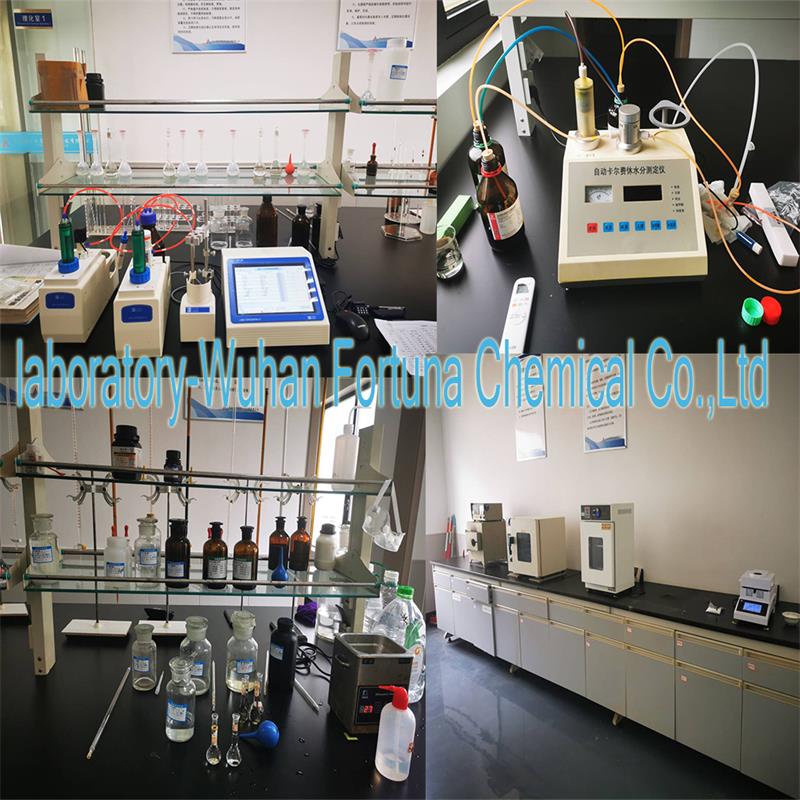

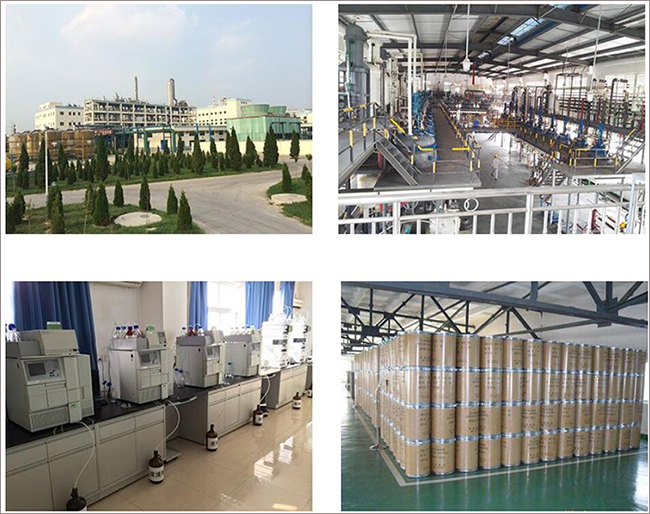

Fortunachem Provides Not Only Professional Chemical Products But Also Professional Help
Keeping you up-to-date with all the latest information, news, and events about Fortunachem!

Quick Links
Add:
E-mail:
 English
English  Español
Español  français
français  العربية
العربية 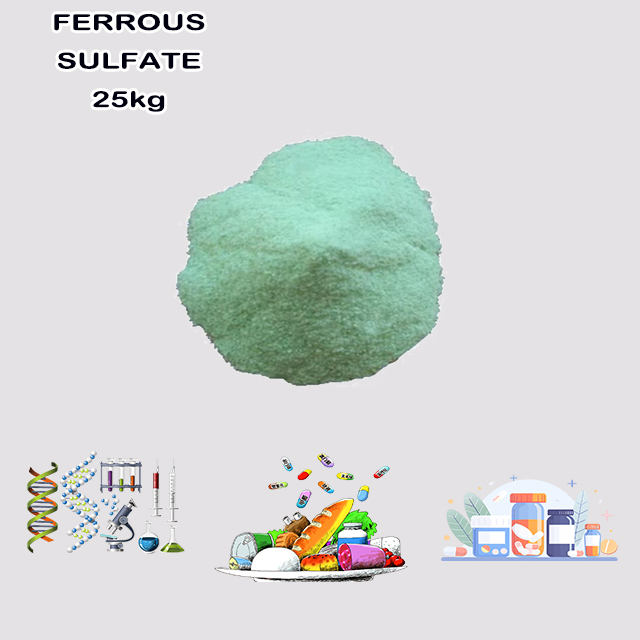
-Xylose主图.jpg)
